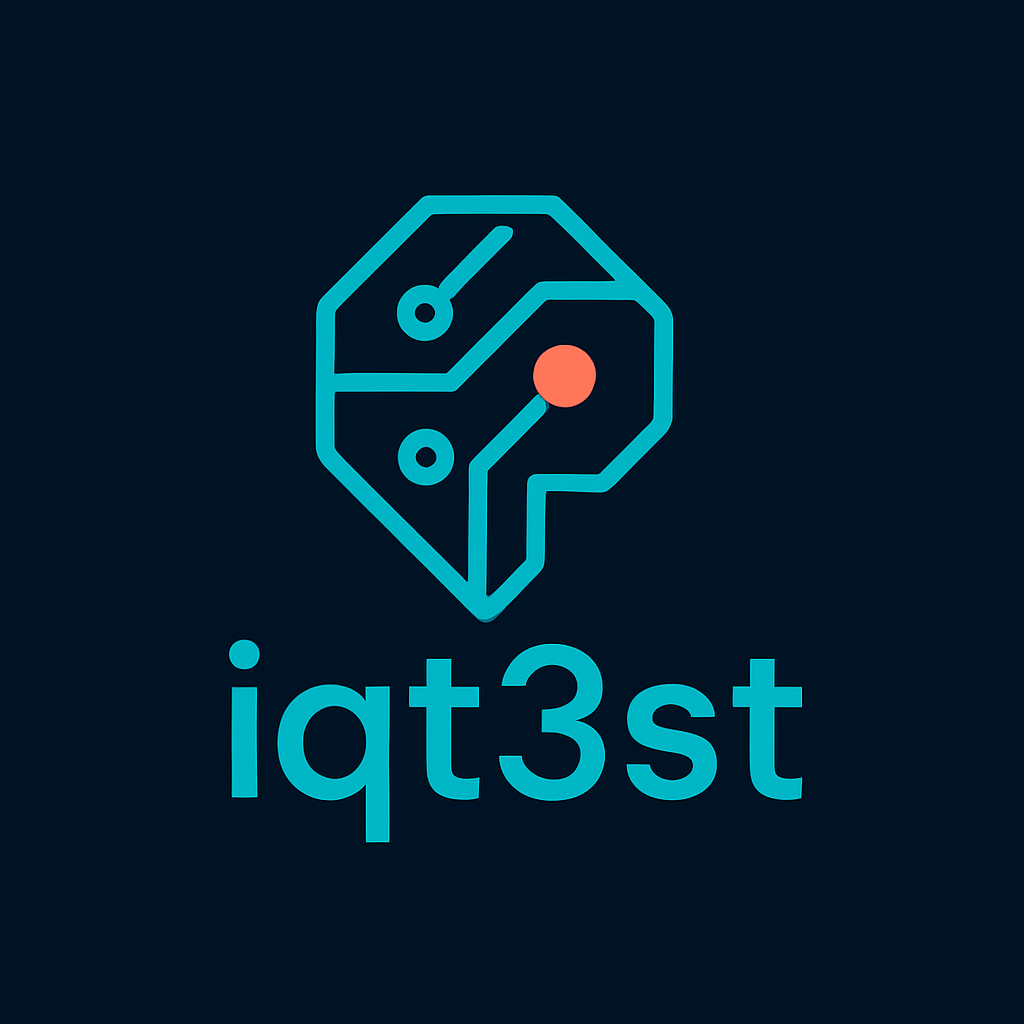
Pearson correlation coefficient
Pearson's R: Definition and Importance
Pearson's correlation coefficient (r), also called Pearson's R, measures the strength and direction of a linear relationship between two continuous variables. It is one of the most widely used statistical tools in psychology, social sciences, and various scientific fields.
The coefficient r ranges from -1 to +1:
+1 indicates a perfect positive correlation (as one variable increases, the other increases).
-1 indicates a perfect negative correlation (as one variable increases, the other decreases).
0 indicates no correlation (no relationship between the variables).
The formula for Pearson's R is:
r=∑(X−Xˉ)(Y−Yˉ)∑(X−Xˉ)2⋅∑(Y−Yˉ)2r = \frac{\sum (X - \bar{X}) (Y - \bar{Y})}{\sqrt{\sum (X - \bar{X})^2} \cdot \sqrt{\sum (Y - \bar{Y})^2}}
Where:
XX and YY are the two variables.
Xˉ\bar{X} and Yˉ\bar{Y} are their respective means.
Why Is Pearson's R Important?
Determines Relationships: It helps researchers understand whether two variables are related and how strongly.
Predictive Power: If two variables are correlated, one can be used to predict the other.
Foundation for Further Analysis: Many advanced statistical models, such as regression analysis, rely on Pearson's R to justify relationships between variables.
Standardized and Widely Used: It allows comparison of correlations across different studies and disciplines.
Use of Pearson's R by Psychologists in Past Decades
Since the early 20th century, psychologists have relied on Pearson's R to examine relationships between different psychological traits, behaviors, and cognitive abilities. Some key areas include:
1. Intelligence Research (1920s–Present)
Early IQ Studies: Psychologists like Charles Spearman used Pearson's R to analyze correlations between different cognitive tests, leading to the g-factor theory of intelligence (general intelligence).
Modern IQ Tests: Researchers continue to use correlation analysis to validate IQ tests by checking their consistency across different measures.
2. Personality and Behavior (1940s–1980s)
Personality Traits: Studies using Pearson's R explored correlations between personality traits (e.g., the Big Five personality model) and behaviors like academic success or job performance.
Twin Studies: Psychologists used Pearson's R to compare personality and intelligence correlations between identical and fraternal twins, leading to insights into nature vs. nurture debates.
3. Clinical Psychology (1950s–1990s)
Mental Health Studies: Pearson's R helped psychologists find relationships between mental health disorders and life factors (e.g., depression and social isolation, or anxiety and childhood trauma).
Therapeutic Outcomes: Correlation studies have been used to determine whether specific therapies are effective by comparing symptom reductions before and after treatment.
4. Educational Psychology (1960s–Present)
Academic Achievement: Psychologists examined correlations between study habits, intelligence, and school performance.
Standardized Testing: Pearson's R has been used to assess whether standardized test scores predict college success.
5. Neuroscience and Cognitive Science (2000s–Present)
Brain Imaging and Cognition: With modern neuroscience, researchers use Pearson's R to correlate brain activity (from MRI or EEG scans) with cognitive abilities, emotions, or mental disorders.
Artificial Intelligence and Psychology: Recent work uses correlation analysis to compare human decision-making with AI models, improving our understanding of human cognition.
Sensitive to Outliers: Extreme values can distort correlation results.
Conclusion
Pearson's R has played a crucial role in psychology for over a century, helping researchers identify patterns and relationships in human behavior, intelligence, and mental health.
IQ tests certified by the Globally Advanced Intelligence Network